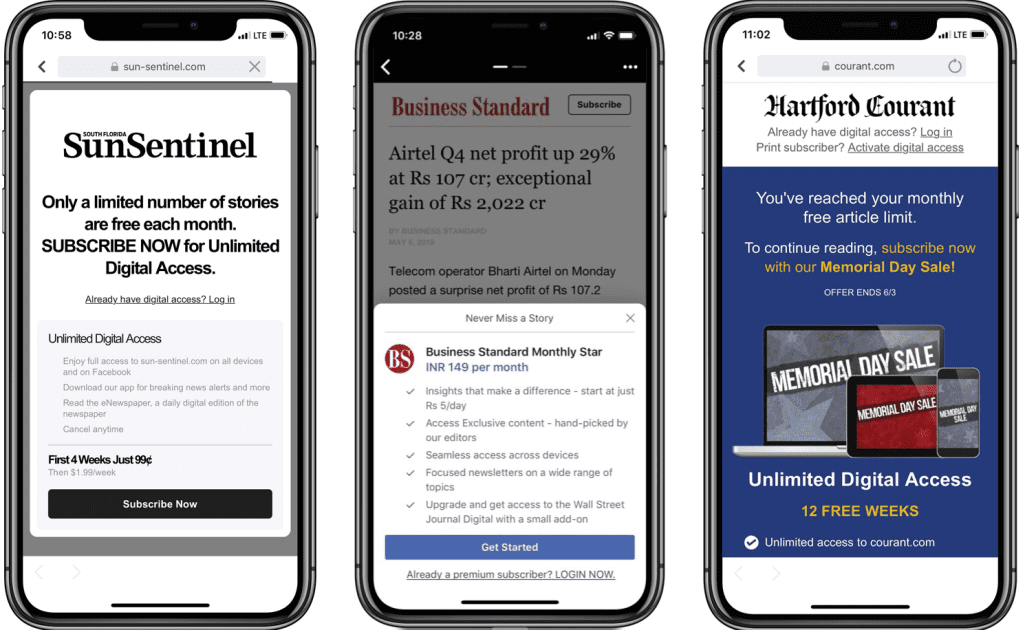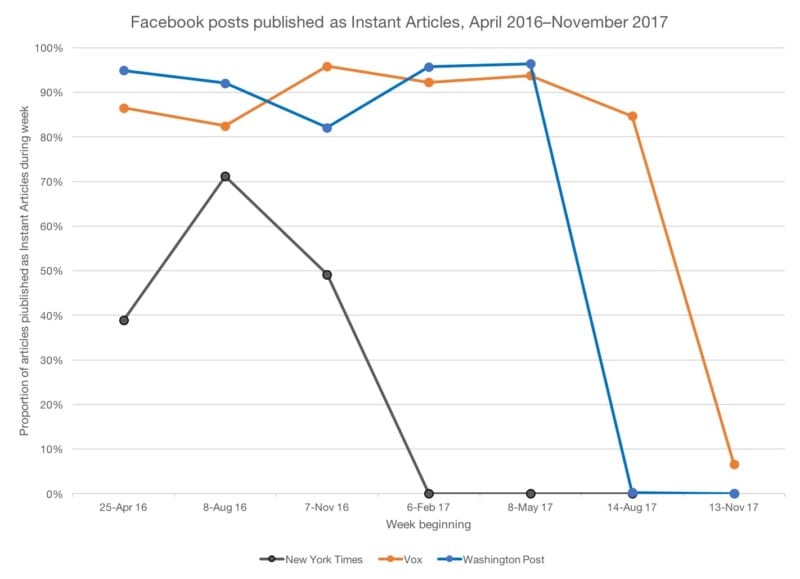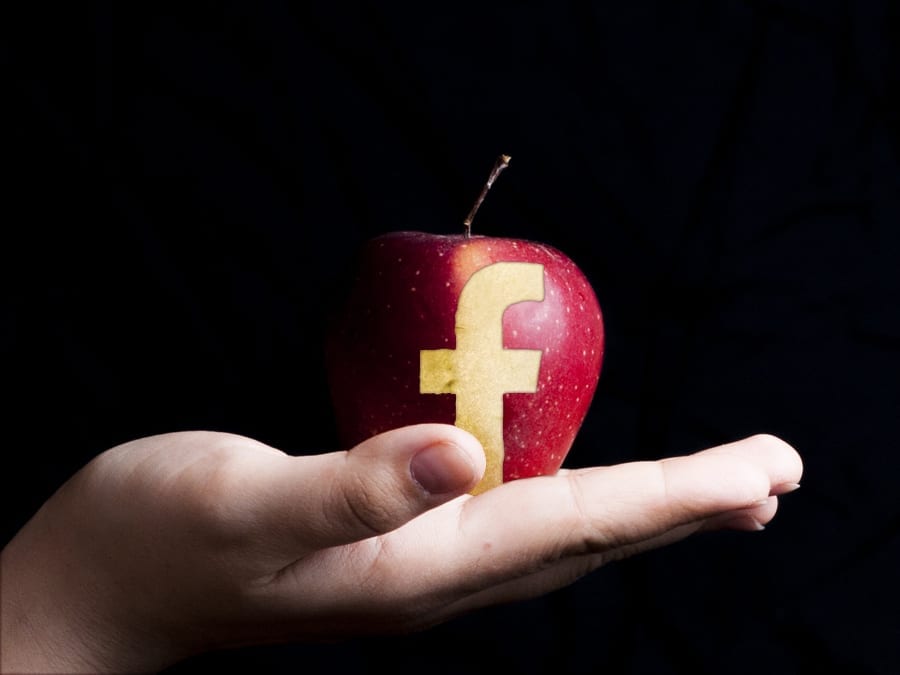|
Getting your Trinity Audio player ready...
|
The new tools promise long-awaited support for subscription-focused publishers, but is it too little too late?
Facebook have announced that they are expanding support for subscriptions in Instant Articles to ‘all eligible publishers’, following 18 months of testing with over forty publishers worldwide.
This means that publishers can define when a reader sees a paywall in Instant Articles, depending on their own model. Facebook’s announcement implies that a range of subscription models are supported, from metered paywalls offering a specific number of free articles a month, to ‘freemium’ models where some articles are open and others locked.
“We recognise that no two publishers share the same business model,” Facebook said on their blog. “Publishers vary in the audiences they’re trying to reach, the types of journalism they produce, and their areas of expertise. This diversity means that when we build products, we can’t take a one-size-fits-all approach.
“As a result, we’re committed to building a portfolio of both on and off-platform products and programs that publishers can use depending on their specific needs and goals.”
Crucially, the new tools that the platform is making available to publishers includes products to help both reader acquisition and retention, including more in-depth analytics.
One of the tools to support subscriptions is a ‘Welcome Screen’, which encourages new subscribers to follow a publisher’s page to see more of that content in news feed. Initial tests have shown this increases the articles read by subscribers on Facebook by 40%, and also increases the number of new subscribers who follow a publisher’s page from 54% to 94% as they see more of those publisher’s posts in their News Feeds.
Facebook are also allegedly “testing options for enabling subscribers to see more news content on Facebook.”
Of course, that’s all well and good until Zuckerberg decides to turn the dial down again when it no longer suits their purposes. Or even better, decides that they’re going to charge publishers to ‘reach’ the audience they already have following their pages (sound familiar?)
Too little too late, or finally an olive branch for publishers?
Subscription functionality is something Facebook has been mooting since the launch of Instant Articles in 2015. But it wasn’t until 2017 that the platform committed to rolling out its own subscription service, initially with 10 articles per publisher free. Once users had read that many articles, they would be redirected to the publisher’s site directly to get a subscription.
That concept has now evolved after extensive testing through the Facebook Journalism Project. Publishers will have the ability to set the paywall and gate articles how they want, as well as have a suite of tools available to them to track subscriber conversion, and have exclusive subscriber-only content available.

However, now Facebook have committed to processing those subscriptions themselves, users will remain in the ecosystem without having to go to the publisher’s site at all. There are legitimate concerns about how publishers are expected to build a relationship with readers and potential long-term subscribers without them ever setting foot on their own sites, and this question of ownership of the customer relationship is likely to be a big stumbling block.
There have been a number of studies which have shown that people who get news from social or search usually don’t remember the organisation that published it. This will certainly affect people’s propensity to pay when finding gated articles in their Facebook feed.
There is also another question about how many publishers are still even using Instant Articles. A report by CJR over a year ago estimated that more than half of Instant Articles’ initial launch partners may have abandoned the format, with publishers like The Guardian and the New York Times swinging back to posting article links directly to their own sites.

A lack of options for subscription-based outlets, limited user data and underwhelming monetisation options were cited as reasons for abandoning the format at the time. So have Facebook done enough to tempt those partners back?
Importantly for publishers, Facebook are looking to be hands-off with the revenue share, with publishers keeping 100% of the revenue; a stand they made when first talking about subscription tools. This is to distinguish them from Apple, who in its most recent Apple News+ product, is keeping 50% of the monthly subscription fee.
The other positive point to note is that these tools have been developed alongside publishers in a lengthy project which has seen the company take on board feedback, in particular the need to integrate with third-party paywall providers.
And Facebook have the advantage of scale, with, 7 out of 10 publishers thinking that Facebook still provides the greatest reach for content compared to other social platforms, even with unpaid and organically posted content.
Whether this is enough to tempt any publishers back to seriously investing time and resources in Facebook remains to be seen. Most have seriously dialled down efforts after Zuckerberg’s announcement in early 2018 that he was changing the algorithm to focus on family and friends, rather than brands – a move which has severely damaged some publisher brands, and even caused some to close completely.
This is the reality Facebook will face no matter how many wonderful innovations they now roll out to ‘save publishing’. Facebook giveth, and Facebook taketh away, and no matter how beneficial these tools are to publishers, few will look to go all-in and reap real revenue as it could all evaporate as soon as the initiative no longer becomes a priority for the Silicon Valley giant.



